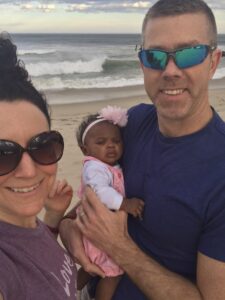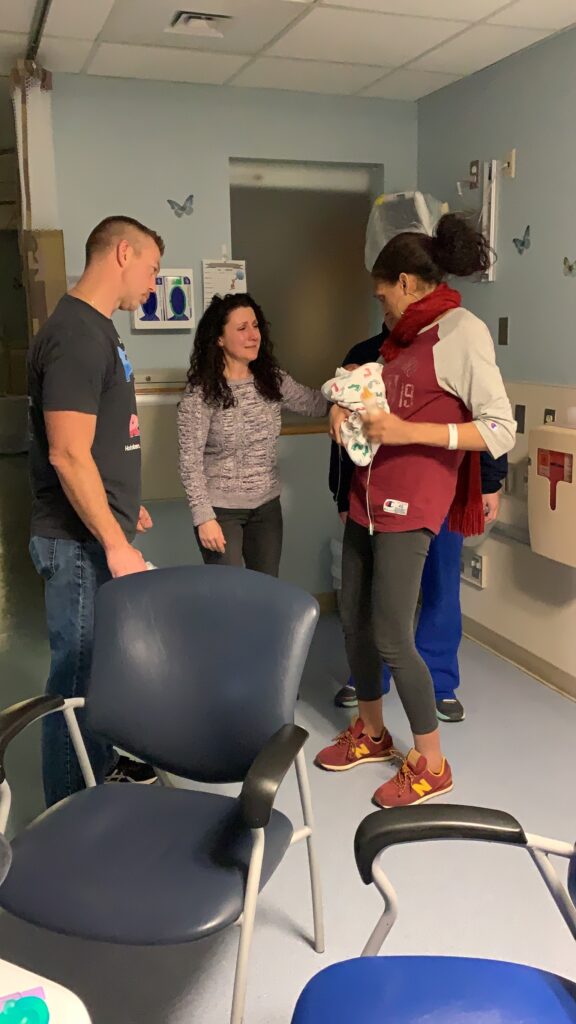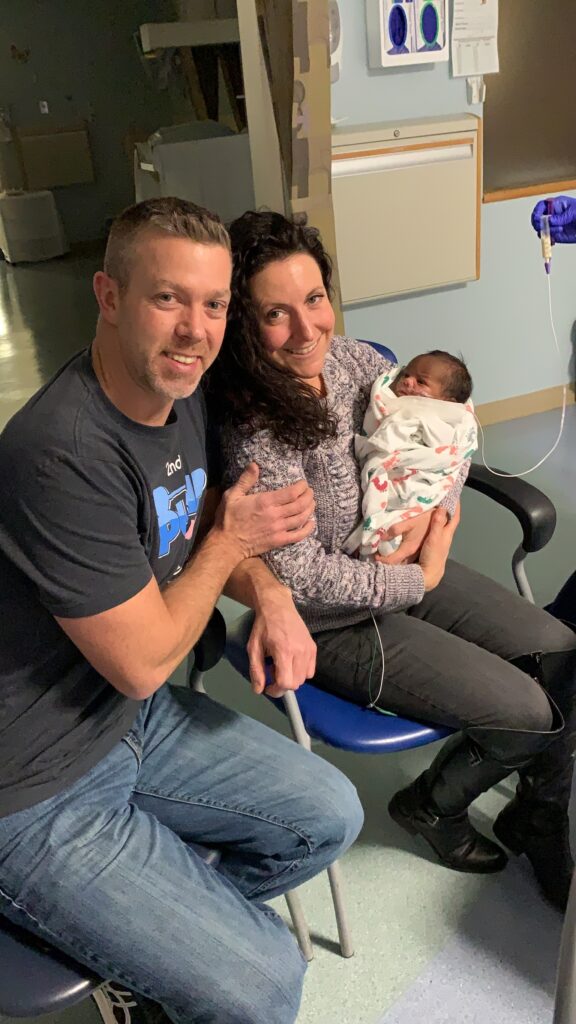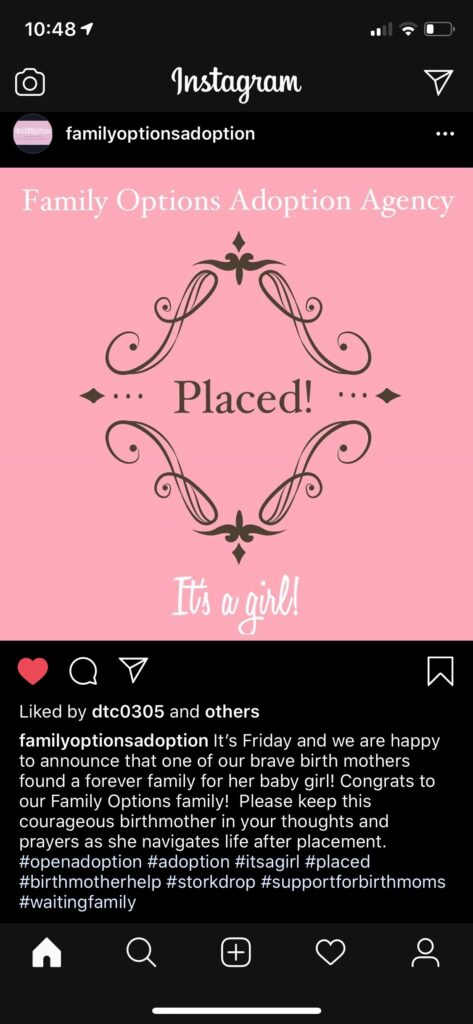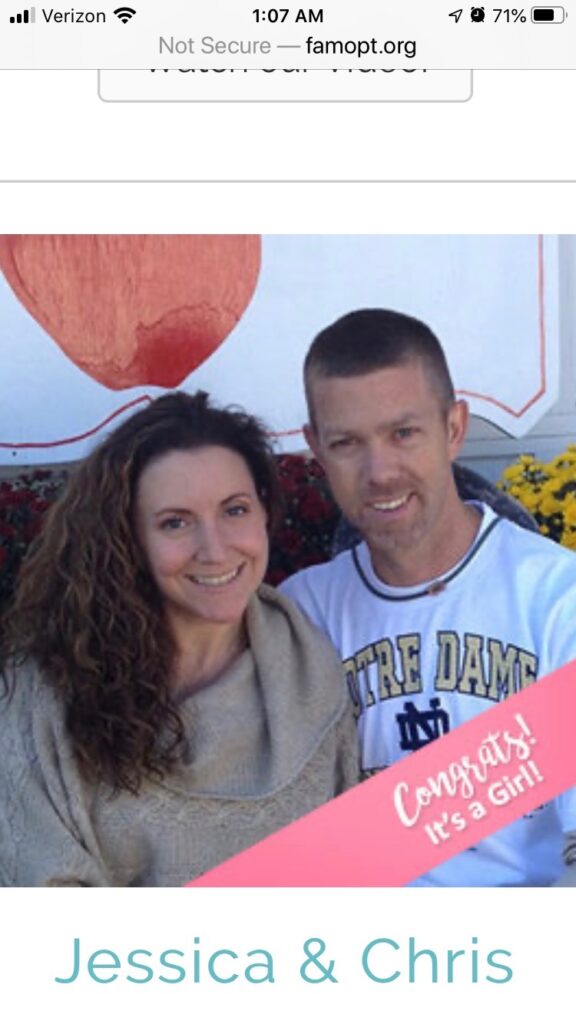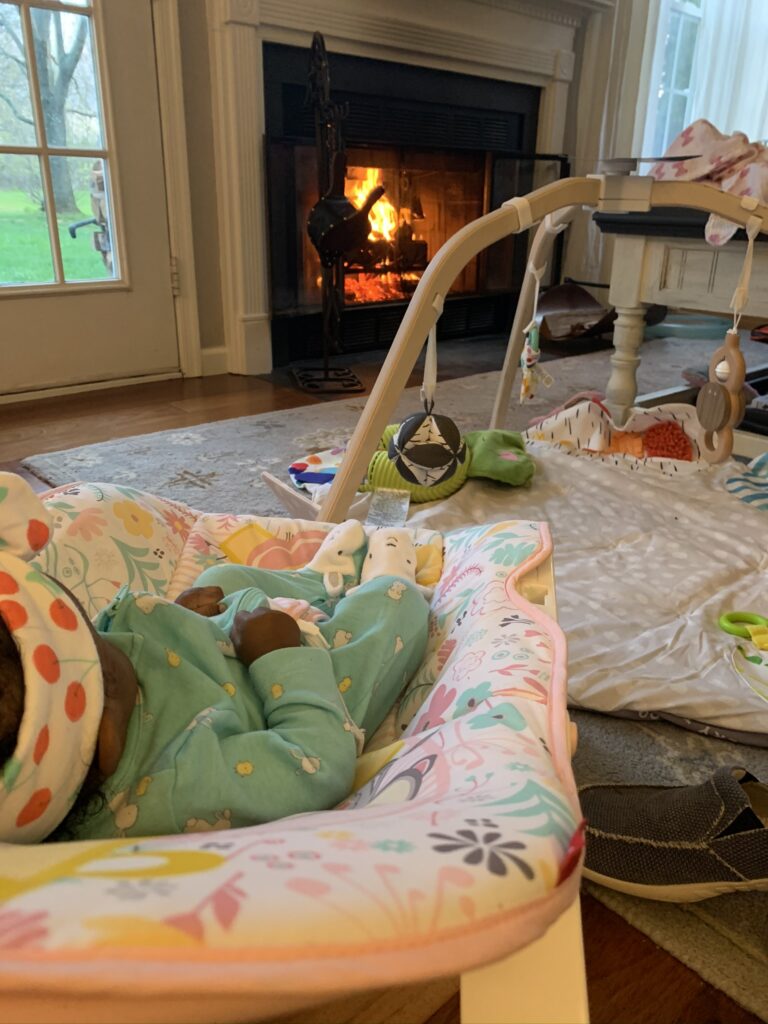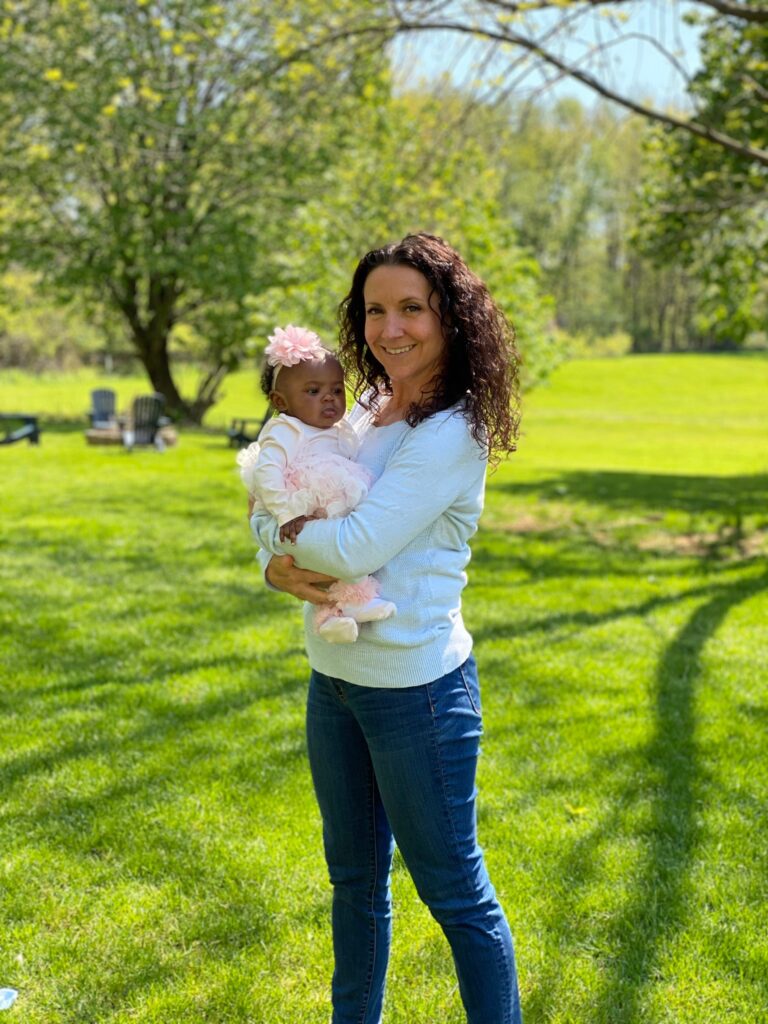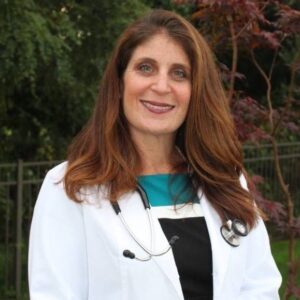If you’ve ever tested your cholesterol levels or been advised to reduce your cholesterol, you’ve likely heard of low-density lipoprotein cholesterol (LDL-cholesterol), otherwise known as “bad cholesterol,” and that it’s a risk factor for cardiovascular disease (CVD). However, you might not know about C-reactive protein (CRP). This article will explain what is CRP and how to reduce CRP levels with diet and lifestyle measures.
What does C-reactive protein measure? What are CRP levels telling me?
The measure of C-reactive protein levels in your blood is an accurate biomarker for inflammation in your body – both general inflammation as well as cardiac-related inflammation. It’s just as important to check for normal CRP levels as it is to test your cholesterol levels. Research shows that only 50 percent of people who suffered heart attacks had high LDL levels. An otherwise healthy individual with a high CRP level is four times more likely to have heart and blood vessel disease.
How is C-reactive protein testing done? It’s a simple blood test (called a high-sensitivity C-reactive protein [hs-CRP] test), just like testing for cholesterol, blood sugar, and other biomarkers. Many medical practitioners are now routinely checking C-reactive protein, meaning it’s easier to determine who’s at risk. CRP is measured in milligrams per liter (mg/L). Mayo Clinic guidelines for a standard CRP test classify anything less than 10 mg/L as a normal CRP level, and anything equal to or greater than 10 mg/L as high.
Click here to view a video collaboration between Thorne and Mayo Clinic on the connection between inflammation and heart disease.
What is CRP’s connection to LDL and inflammation?
When you have high LDL-cholesterol flowing through your blood vessels, it can damage the wall of the artery. As with any injury, your body sends out white blood cells to heal the injury – the beginning of the inflammatory reaction. What is CRP? Inflammation causes CRP, a healing protein, to be secreted by the liver in response to any bodily inflammation. You might either have high CRP and normal LDL, normal CRP and high LDL, or high levels of both.
Is inflammation the single-most important risk factor for heart disease?
Although the connection between inflammation and cardiovascular disease risk has been established for two decades, the conventional approach for mitigating that risk remains focused on lowering cholesterol rather than addressing inflammation. It is possible to have normal LDL, but if you have high C-reactive protein levels you could still be at risk for a heart attack or stroke. An objective review of the research indicates that inflammation could be the most important risk factor for heart disease.
What does the research say?
Now that your question, “What is CRP?”, has been answered, let’s take a look at some of the research. Findings from the Women’s Health Study that sampled 28,000 healthy women found that hs-CRP was a stronger predictor of heart disease than LDL cholesterol. Women in this study with the highest CRP level were four times more likely to have died from heart disease or to have suffered a heart attack or a stroke.1
In another large study, the Physicians’ Health Study of 18,000 healthy physicians, an elevated CRP level was associated with a 3-fold increase in heart attack risk.2 In a small subgroup of these physicians, a high level of CRP was associated with peripheral artery disease (PAD), even in participants with normal cholesterol levels.3
These key pieces of research paved the way for the JUPITER study of 17,800 healthy men and women. Researchers noticed that giving statin drugs (commonly prescribed to lower cholesterol) to participants with a normal LDL cholesterol level, but a high CRP level, decreased the risk of heart attack and stroke.4 This was the first indication that statin drugs might work in some other way than by decreasing cholesterol; in other words, statins might actually have an anti-inflammatory effect.
What is the cause of inflammation?
You don’t have inflammation in your body because of a statin deficiency. Instead, it can be associated with inflammatory conditions such as rheumatoid arthritis, periodontal disease, or inflammatory bowel disease.
Researchers are finding that an inflammatory condition that affects one part of your body – like joints in rheumatoid arthritis, gums in periodontal disease, and your GI tract in inflammatory bowel disease – can increase your risk for heart disease.5-7
A Mayo Clinic study found that the greater the severity of rheumatoid arthritis, the greater the risk for heart disease.8
Lifestyle factors, particularly diet, make a significant contribution to the inflammatory burden in your body – and thus, increase CRP. Some of these lifestyle risk factors include:
- Eating fast food. One study found eating fast food once per week or more increased CRP9
- Smoking – cigarettes, cigars, e-cigarettes
- Being a couch potato
- Eating sugary desserts
- Drinking soda pop
- Eating deep-fried foods
- Eating foods containing partially hydrogenated oils (read the label!)
If you have signs of inflammation in your body, what can you do about it?
So many conditions – yet one central causative factor – inflammation. The silver lining is that anything you can do for inflammation should help you in several ways. So, are you wondering how to lower C-reactive protein in your body? Here are some tips.
Eat an anti-inflammatory diet, which includes:
- Fatty fish like trout, salmon, sardines, anchovies, and mackerel9 that are high in omega-3 fatty acids – at least twice per week is recommended
- Olive oil10 – for sautéing and in salad dressings
- Liberal use of anti-inflammatory spices – like turmeric, ginger, cayenne, cinnamon, clove, sage, and rosemary
- Plenty of green, yellow, and orange vegetables9
- Dark red, blue, and purple berries9
- Avoidance of foods you know you are allergic to, since allergic reactions can cause inflammation.
What do these dietary factors have in common? They are a huge part of the Mediterranean diet, which, when adhered to, has consistently been shown to decrease CRP.11 For more information on the Mediterranean diet, check out this article.
Activities to lower CRP levels
- Regular, moderately intense exercise has been shown to lower CRP. For example, one 12-week study on women with type 2 diabetes found that aerobic exercise (starting with 8 minutes of jogging and 8 minutes of running and working up to 32 minutes) significantly decreased CRP and other biomarkers of inflammation.12
- Engage in stress-reducing activities. Because stress can increase inflammation in your body, yoga and Pilates are great options to decrease tension. One study found that an hour of daily yoga, six days a week for three months, was effective in lowering CRP.13
- Reduce environmental stress by exercising indoors in areas free of smoke, smog, and pollution.
Who should test their CRP level?
Testing your CRP level is particularly recommended for individuals who have other risk factors for heart disease, including:
- Men age 45 or older and women age 55 or older.
- Current smokers or those who have been smokers in the previous five years (one study found it took five years for inflammatory markers to return to normal after quitting).14
- A family history of early heart disease (in a male first-degree relative less than age 55 or in a female first-degree relative less than age 65).
- Long-term systolic blood pressure over 140 mm Hg or being on a blood pressure medication.
- A low level of high-density lipoprotein (HDL or “good cholesterol”), i.e., less than 40 mg/dL.
- Diabetes, prediabetes, elevated fasting blood sugar, and/or elevated HbA1c (a measure of long-term blood sugar levels).
Although the hs-CRP test does not specifically diagnose any disease, having an elevated CRP level is a sign of inflammation somewhere in your body. So, your health-care professional might order a CRP test to monitor chronic inflammatory conditions like rheumatoid arthritis or inflammatory bowel disease. Your CRP can also be high if you have an acute infection. Because C-reactive protein levels rise and fall based on inflammation, it is often an effective way of monitoring treatment.
that measure CRP levels (using hs-CRP technology), along with levels of triglycerides, insulin, HbA1C, and a cholesterol panel, all through a simple visit to a lab near you. All results include meaningful insights into your individual biomarkers and a personalized wellness plan.
References
- Ridker P. High-sensitivity C-reactive protein and cardiovascular risk: rationale for screening and primary prevention. Am J Cardiol 2003;92(4B):17K-22K.
- Blood tests to determine risk of coronary artery disease: test details. https://my.clevelandclinic.org/health/diagnostics/16792-blood-tests-to-determine-risk-of-coronary-artery-disease/test-details [Accessed 4.20.23]
- Ridker P, Cushman M, Stampfer M. Plasma concentration of C-reactive protein and risk of developing peripheral vascular disease. Circulation 1998;97(5):425-428.
- Ridker P, Danielson E, Fonseca F. Rosuvastatin to prevent vascular events in men and women with elevated C-reactive protein. N Engl J Med 2008;359(21):2195-2207.
- Rheumatoid arthritis and cardiovascular disease. https://www.ncbi.nlm.nih.gov/pmc/articles/PMC3890244/ [Accessed 4.20.23]
- Aniwan S, Pardi DS, Tremaine WJ, Loftus EV Jr. Increased risk of acute myocardial infarction and heart failure in patients with inflammatory bowel diseases. Clin Gastroenterol Hepatol. 2018;16(10):1607-1615.e1. doi: 10.1016/j.cgh.2018.04.031.
- Gum disease and heart disease: the common thread. https://www.health.harvard.edu/heart-health/gum-disease-and-heart-disease-the-common-thread [Accessed 4.20.23]
- Rheumatoid arthritis and heart disease: Mayo Clinic studies shed light on dangerous connection. https://newsnetwork.mayoclinic.org/discussion/rheumatoid-arthritis-and-heart-disease-mayo-clinic-studies-shed-light-on-dangerous-connection/ [Accessed 4.20.23]
- Yeo R, Yoon S, Kim O. The association between food-group consumption patterns and early metabolic syndrome risk in non-diabetic healthy people. Clin Nutr Res2017;6(3):172-182.
- Souza P, Marcadenti A, Portal V. Effects of olive oil phenolic compounds on inflammation in the prevention and treatment of coronary artery disease. Nutrients 2017;9(10). pii: E1087. doi: 10.3390/nu9101087.
- Whalen K, McCullough M, Flanders W, et al. Paleolithic and Mediterranean Diet pattern scores are inversely associated with biomarkers of inflammation and oxidative balance in adults. J Nutr 2016;146(6):1217-1226.
- Saghebjoo M, Nezamdoost Z, Ahmadabadi F, et al. The effect of 12 weeks of aerobic training on serum levels of high sensitivity C-reactive protein, tumor necrosis factor-alpha, lipid profile and anthropometric characteristics in middle-age women patients with type 2 diabetes. Diabetes Metab Syndr 2018;12(2):163-168.
- Shete S, Verma A, Kulkarni D, Bhogal R. Effect of yoga training on inflammatory cytokines and C-reactive protein in employees of small-scale industries. J Educ Health Promot 2017;6:76.
- Smoking and inflammation. PLoS Med. 2005;2(6):e198. doi: 10.1371/journal.pmed.0020198.
Many thanks to our colleague, Kathi Head, ND, for this article



